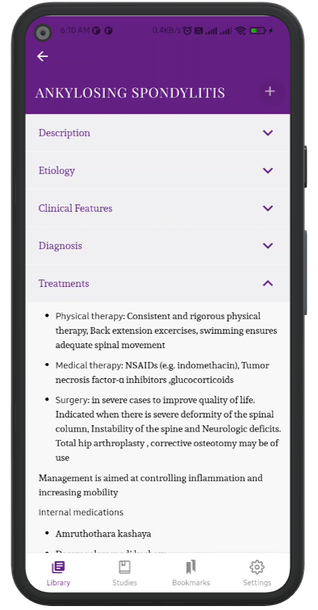DRY EYE
Description
- People with dry eyes may experience irritated, gritty, scratchy or burning eyes; excess watering; and blurred vision. Advanced dry eyes may damage the front surface of the eye and impair vision
- Dry eye is a disease of the eye surface caused by underproduction or changes in the lacrimal fluid, when the eyes does not produce tears properly, or when the tears are not of the correct consistency and evaporate too quickly
Types
Symptoms
- Stinging or burning of the eyes, sandy or gritty feeling
- Episodes of excess tears following very dry eye periods
- A stringy discharge from the eye
- Pain and redness of the eye
- Episodes of blurred vision
- Heavy eyelids
- Eye fatigue
Signs
- Tear film signs- the presence of stringy mucous and particulate matter
- Conjunctival signs- It becomes lustreless, mildly congested, conjunctival xerosis
- Corneal signs- punctate epithelial erosions
Investigation
- Usually a clinical diagnosis is made
Tear film tests
- Tear film break-up time (BUT) -Values less than10 seconds imply an unstable tear film
- Schirmer-I test -Normal values of Schirmer-I test are more than15 mm
- Vital staining with Rose Bengal -detects even mild cases of KCS
Treatments
- Supplementation with tear substitutes
- Topical cyclosporine (0.05%, 0.1%)
- Treatment of the causative disease
- Avoid triggers
- Advised to blink regularly, while reading or staring at a computer screen for long periods
- Eye exercises – 20 -20-20 rule. The rulesays that for every 20 minutes spent looking at a screen, a person should look at something 20 feet away for 20
Ayurvedic Treatment
Internal medicines
- Patoladi Gritha
- Maha tikthaka Gritha
External procedures
- Aschotana - Jeevaneeya Gritha , Doorva gritha
- Nasya - Anu taila
- Sirodhara - Ksheerabala taila
- Tarpana - Jeevaneeyagana Gritha
- Putapaka 1 day
Department
Salakya - Netra

